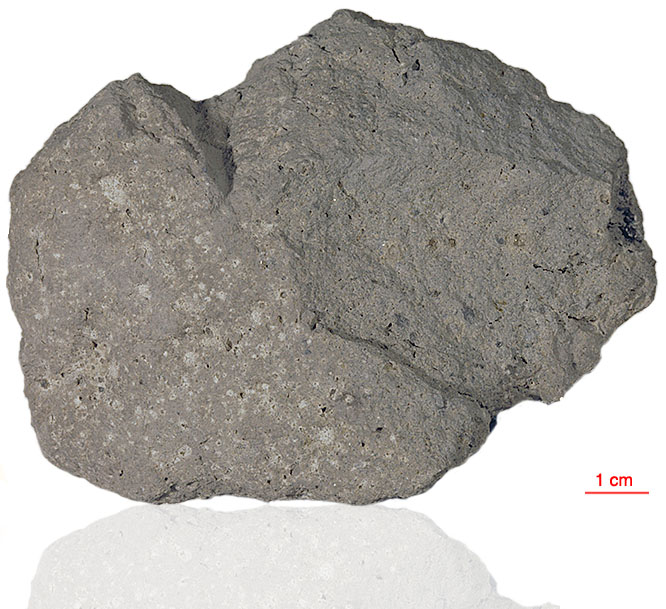
Fact sheet
73275 is an impact melt breccia with fine-grained poikilitic matrix and minor vesicularity. It has also been described as a recrystallized breccia with large clasts of plagioclase (0.3-1.0 mm), orthopyroxene (0.1-0.2 mm) and smaller olivine (0.05-0.2 mm). The pyroxene has wide exsolution lamellae indicating prolonged annealing at high temperature. Metallic iron, troilite and cohenite are important accessory minerals. Examples of lithic clasts and mineral clasts (mainly plagioclase feldspar) are shown in rotation 1 and 2 respectively.
The sample weighed 429.6 grams before analysis and has been dated at 3.96 ± 0.05 billion years (Ar/Ar).
Further details of this and other Apollo samples are here: http://curator.jsc.nasa.gov/lunar/
Apollo 17, the final manned landing mission, had two objectives: to obtain samples of ancient rocks from the lunar highlands and to look for evidence of younger volcanic activity on the valley floor.
This small Collection contains material deriving from both periods, including igneous rocks around 4.3 billion years old from the lunar highlands as well as younger volcanic samples dating from about 3.6 billion years ago.
Apollo 17 was launched on 7 December 1972.






